Trading Synthetic Indices on the Exness Platform
Exness gives you the opportunity to trade these fascinating synthetic indices, which are a unique type of financial market. These are arbitrary indices created by people and that mimic how markets function with no real assets behind them. You can trade 24/7, which means you have more flexibility. In this article, we will examine the synthetic indices listed by Exness and how you can start trading them.
List of Synthetic Indices Available on Exness
Exness offers several synthetic indices that behave in different ways. Each one gives traders a unique opportunity to make profits based on price movements. Here are the main synthetic indices you can trade on Exness:
1. Volatility Index (VIX 75)
One of the widely common synthetic indices is the VIX 75. It is characterized by high volatility, which means the price can move fast and with a large range in either direction. This makes it a popular instrument for traders with a preference for quick markets and large price moves.
2. Crash and Boom Indices
These indices are designed to simulate sudden price movements.
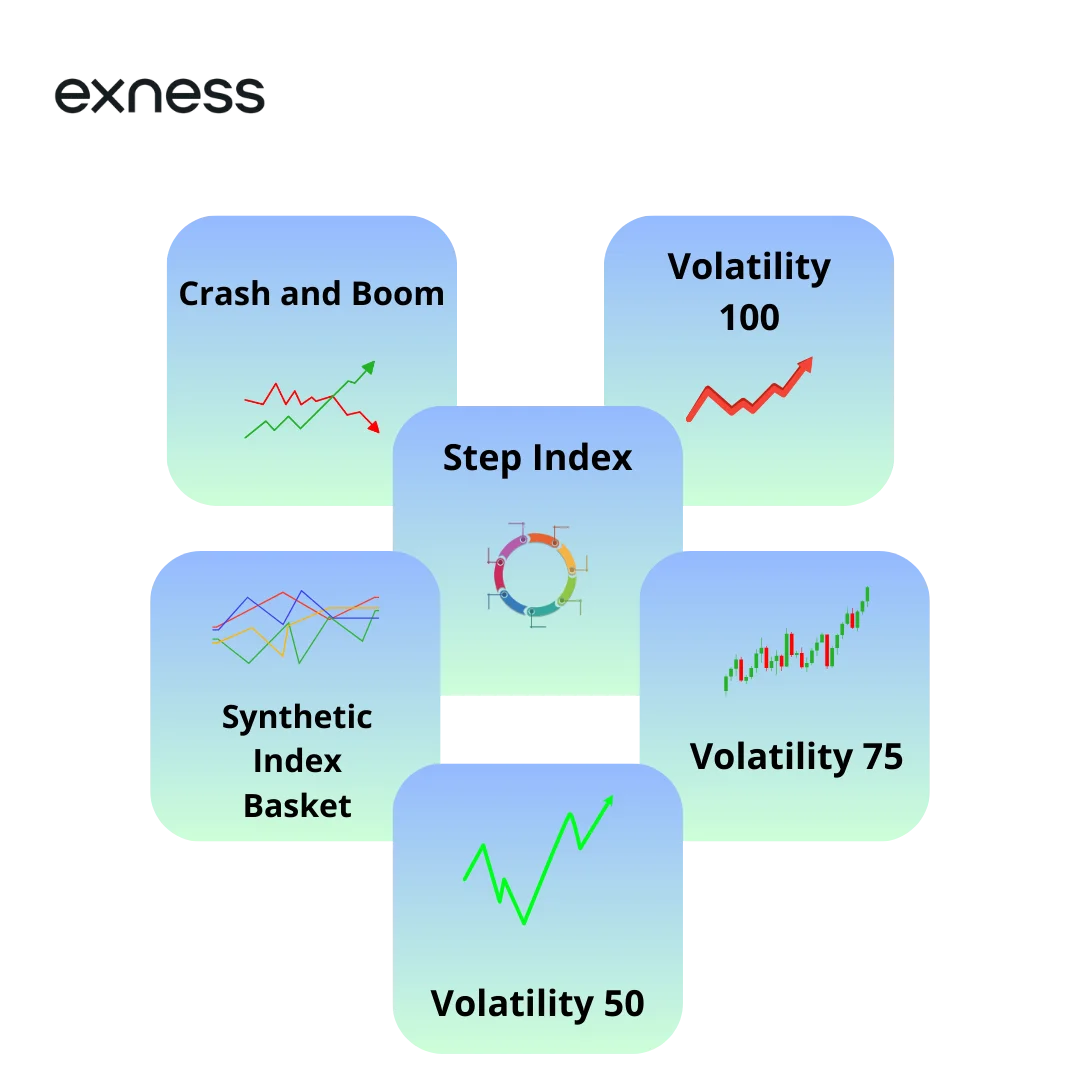
- Crash 1000 Index : The price of this index falls fast, so it’s suitable for traders expecting a downward trend.
- Boom 1000 Index: This index spikes up high, so it is best for traders who predict prices moving up.
3. Step Index
The Step Index is different from the others. It moves in clear steps, rather than smooth price changes. This makes it easier to predict and follow, which is helpful for traders who prefer a more stable pattern.
4. Other Volatility Indices
Exness also offers other volatility indices like VIX 25, VIX 50, and VIX 100. These indices are similar to VIX 75 but have lower levels of volatility, making them a better choice for traders who want less risk.
5. Synthetic Index Basket
The Synthetic Index Basket combines several synthetic indices into one. This allows you to trade multiple indices simultaneously, which helps to diversify your risk.
These synthetic indices are known to have fast execution and high liquidity, making trading simple on Exness. You can be a novice trader or an expert trader. There is an index applicable to any trading style and risk appetite.
Advantages and Disadvantages of Investing in Synthetic Indices
Investing in synthetic indices can be a great opportunity, but like all trading, it has both benefits and risks. Let’s break them down.
Advantages of Trading Synthetic Indices
- Available 24/7
Synthetic indices can be traded anytime, day or night. Unlike regular markets, which have set hours, you can trade whenever it’s convenient for you. - No External Market Influence
These indices are not affected by real-world news, such as economic reports or company earnings. This makes them more predictable compared to assets like stocks or forex. - High Liquidity
Exness offers synthetic indices with high liquidity. This means your orders will be filled quickly, and you can enter and exit trades with ease. - Variety of Indices
Exness offers several synthetic indices with different levels of volatility. Whether you prefer a calm market or a more exciting one, you can pick the index that suits your style. - Flexible Trading
You can use various strategies with synthetic indices. Whether you’re a short-term trader or someone who likes to hold positions for longer, there’s a strategy that fits.
Disadvantages of Trading Synthetic Indices
- High Volatility
Some synthetic indices, like VIX 75, can be very volatile. While this offers big potential gains, it also means bigger risks. The price can move quickly, which can result in large losses if not managed properly. - No Fundamental Analysis
Since synthetic indices are not linked to real-world events, you can’t use traditional analysis (like economic reports or company news). You’ll need to rely on technical analysis, such as charts and indicators, to make your decisions. - Risk Management is Key
Because synthetic indices can move fast, it’s crucial to have a strong risk management plan. Using tools like stop-loss orders can help limit your losses and protect your capital. - May Not Suit Every Trader
Synthetic indices may not suit you if you value stable, slow-moving markets. They are more appropriate for traders willing to take greater risk and react to rapid price changes.
Trading Strategies and Recommendations for Synthetic Indices
To succeed in trading synthetic indices, having a clear strategy is important. Here are some simple strategies and tips to help guide you.
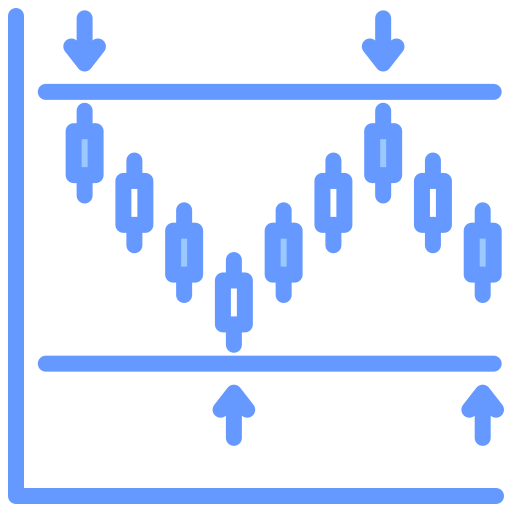
Scalping
Scalping involves making many small trades quickly. This works well with fast-moving indices like VIX 75, where you can capture small price changes throughout the day.
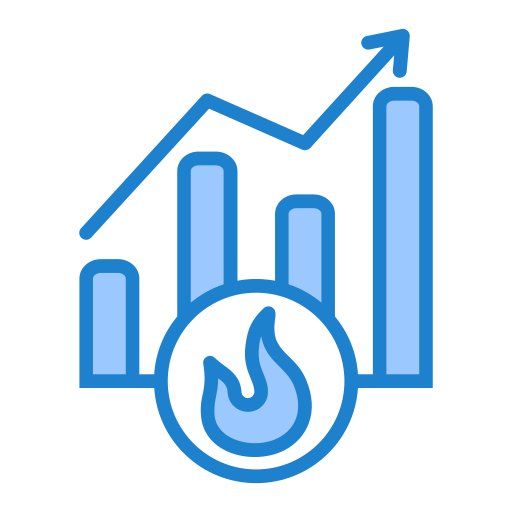
Trend Following
Some synthetic indices such as Boom 1000 or Crash 1000 trend very well. Trend following is a Market trend direction following strategy. It tends to work better in a market that is unambiguously up or down.
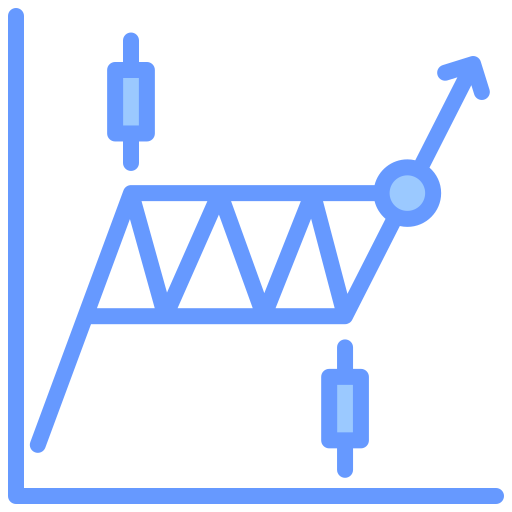
Range Trading
Range trading is used when the market is moving sideways. You buy at the bottom of the range and sell at the top. The Step Index is a good choice for this strategy since it moves in clear steps.
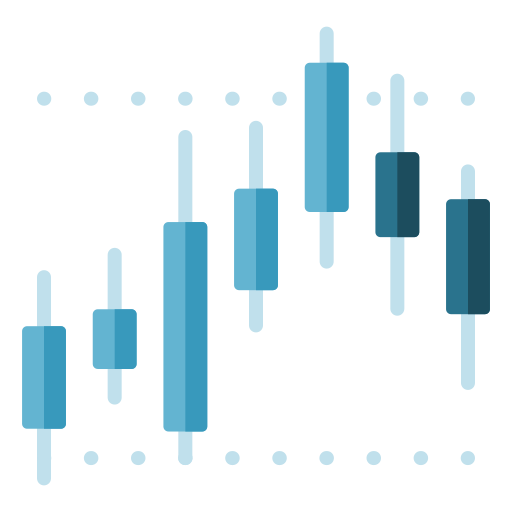
Breakout Trading
Breakout trading happens when the price breaks through key support or resistance levels. This strategy is effective for indices like VIX 25, which have clear price levels.
Comparison with Traditional Financial Instruments
TSynthetic indices and traditional financial instruments, like stocks and forex, are different in many ways. Let’s compare them to help you understand which might be better for your trading style.
1. Market Hours
- Synthetic Indices: You can trade synthetic indices 24/7. This means you can trade at any time of the day or night, offering great flexibility.
- Traditional Assets: Stocks and forex have specific trading hours. Forex is open 24 hours, but only during weekdays. Stock markets, on the other hand, have fixed hours during the day.
2. Volatility and Risk
- Synthetic Indices: Some synthetic indices, like VIX 75, are very volatile. This means prices can move fast. While this creates opportunities for big profits, it also increases the risk of large losses.
- Traditional Assets: Stocks and forex are generally less volatile, meaning their prices move more slowly. This makes them less risky but also offers fewer chances for rapid gains.
3. Influence of External Events
- Synthetic Indices: Synthetic indices are not affected by news or world events. Their price movements are based on how the index is designed, so they are more predictable in that way.
- Traditional Assets: Stocks, forex, and commodities are influenced by news, company earnings, and other events. For example, a company’s earnings report can change its stock price.

4. Analysis and Strategy
- Synthetic Indices: You can trade synthetic indices using mostly technical analysis, which involves reading price charts and patterns. There’s no need to follow news or economic reports, which makes them easier to understand.
- Traditional Assets: Trading stocks and forex requires both technical and fundamental analysis. This means you need to stay updated on economic events and company news, making it more complex.
5. Liquidity and Trading Costs
- Synthetic Indices: Synthetic indices usually have high liquidity, meaning you can quickly buy or sell. The costs are also low, making them affordable for most traders.
- Traditional Assets: Liquidity can vary. Major stocks and forex pairs are liquid, but some smaller stocks or commodities may not be. Trading costs can also be higher, especially for stocks.
6. Ease of Use
- Synthetic Indices: Trading synthetic indices is simple and beginner-friendly. You don’t need to understand complex markets or companies, just focus on the price movements.
- Traditional Assets: Trading stocks or forex requires a better understanding of the markets and companies involved. It’s more complicated for beginners.
7. Diversification
- Traditional Assets: To diversify in traditional markets, you need to buy different stocks, currencies, or commodities. This takes more effort and research
- Synthetic Indices: Synthetic indices offer a variety of options with different risk levels. This makes it easy to diversify your trades.
Frequently Asked Questions (FAQ)
What are synthetic indices on Exness?
Synthetic indices on Exness are special trading products that behave like real markets but aren’t affected by news or events. They are available 24/7 and let traders make predictions about price movements at any time.
How are synthetic indices different from traditional assets like forex or stocks?
Synthetic indices don’t react to news or global events, unlike forex or stocks. They are available to trade all the time, while forex and stocks have set trading hours. Synthetic indices are usually more volatile, meaning they can offer bigger risks and rewards.
What synthetic indices are available for trading on Exness?
Exness offers several synthetic indices, including VIX 75 (highly volatile), Crash 1000 and Boom 1000 (which simulate price crashes and spikes), Step Index (moves in clear steps), and VIX 25 (lower volatility). Each index has different risk levels to suit various traders.
What are the advantages of trading synthetic indices on Exness?
The main advantages of trading synthetic indices on Exness are 24/7 availability, low trading costs, and high liquidity. They are not affected by outside events, which makes them easier to predict. You can also choose from different indices based on your preferred risk level.
Are there any risks associated with trading synthetic indices?
Yes, synthetic indices can be very volatile, especially VIX 75, leading to big price swings. Since they are not influenced by news, traders rely only on technical analysis, which can be tricky. Also, because they are available 24/7, traders may end up overtrading. Proper risk management is important.
You may also be interested in:
